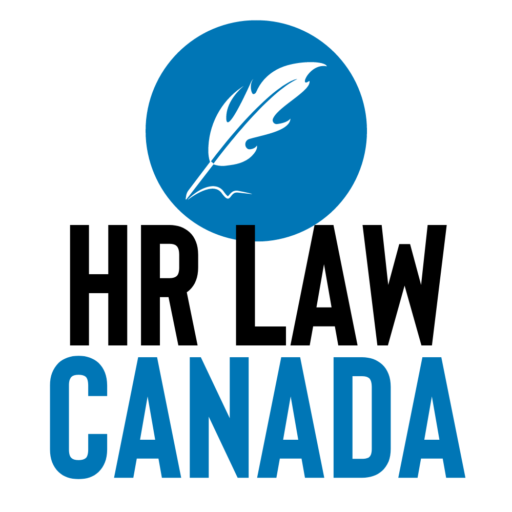Sexual harassment in the workplace is a critical issue that can have profound and long-lasting effects on employees, the workplace environment, and the organization’s reputation.
In Canada, where legal frameworks are in place to combat such behavior, understanding the impact of sexual harassment is essential for employers.
Understanding sexual harassment
Sexual harassment encompasses a range of unwelcome behaviors of a sexual nature that create a hostile or offensive work environment.
This can include unwelcome sexual advances, requests for sexual favors, and other verbal or physical conduct of a sexual nature. In Canada, the law is clear: sexual harassment is a form of discrimination and is prohibited under human rights legislation.
Legal implications in Canada
The Canadian legal system treats sexual harassment seriously. Employers can face significant legal consequences if they fail to address such behavior adequately.
This includes liability for any harassment perpetrated by employees, as well as potential punitive damages. Failure to act can result in costly legal battles, significant financial penalties, and damage to the organization’s public image.
Impact on victims
Psychological Trauma: Victims of sexual harassment often suffer from anxiety, depression, and post-traumatic stress disorder (PTSD). The psychological impact can be profound and enduring, affecting their personal and professional lives.
Physical Health Issues: The stress and trauma associated with sexual harassment can lead to physical health problems, including headaches, fatigue, and other stress-related illnesses.
Career Consequences: Victims may experience a decline in job performance, miss out on promotions, or even feel forced to leave their job to escape the harassment, leading to a loss of income and career opportunities.
Social and Emotional Toll: The experience can lead to isolation, damaged relationships, and a loss of trust in the workplace, significantly impacting the victim’s social and emotional well-being.
Impact on workplace morale and culture
Decreased Productivity: A workplace affected by sexual harassment often sees a decline in productivity. Employees who are harassed, or who witness harassment, are less engaged and motivated.
High Turnover Rates: A toxic work environment leads to higher employee turnover, as individuals seek more respectful and safe working environments.
Negative Workplace Culture: Tolerating sexual harassment creates a culture of disrespect and fear, which can permeate throughout the organization.
Legal and Financial Costs: Beyond the human cost, the financial impact of legal fees, settlements, and the loss of productivity can be substantial for an organization.
Impact on employer reputation
Public Image: In the age of social media and online reviews, news of workplace sexual harassment can spread quickly, damaging the public image of the organization.
Recruitment Challenges: A reputation for tolerating sexual harassment makes it challenging to attract top talent.
Stakeholder Relations: Investors, partners, and customers may distance themselves from organizations that do not adequately address sexual harassment.
Regulatory Scrutiny: A history of sexual harassment issues can lead to increased scrutiny from regulatory bodies.
Mitigation strategies for employers
Robust Policies and Training: Implement and enforce clear sexual harassment policies. Provide regular training to all employees, emphasizing a zero-tolerance approach.
Prompt and Effective Action: Respond promptly and effectively to any allegations of sexual harassment. Ensure a thorough and impartial investigation process.
Supportive Environment for Reporting: Create a safe and confidential environment for employees to report harassment without fear of retaliation.
Wellness and Support Programs: Offer support programs for victims, including counseling and mental health resources.
Regular Review and Improvement: Continuously review and improve policies and practices related to sexual harassment to ensure they meet the highest standards.
Conclusion
The impact of sexual harassment in the workplace extends far beyond the legal ramifications. It profoundly affects the mental health and career prospects of victims, erodes workplace morale and culture, and can irreparably damage an employer’s reputation. Understanding these consequences is vital for employers in creating safe, respectful, and productive work environments.
As employers in Canada, it is essential to recognize the responsibility to prevent and address sexual harassment proactively. By doing so, not only do employers comply with legal obligations, but they also foster a positive workplace culture, protect their reputation, and support the well-being of their employees. Implementing robust policies, providing training, ensuring a supportive environment for reporting, and offering wellness programs are crucial steps in this direction.
Ultimately, the commitment to a harassment-free workplace is not just a legal necessity but a moral imperative and a cornerstone of a thriving organizational culture.




